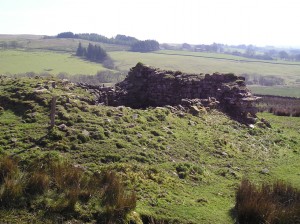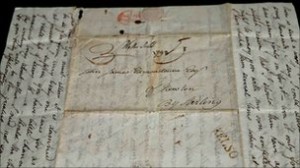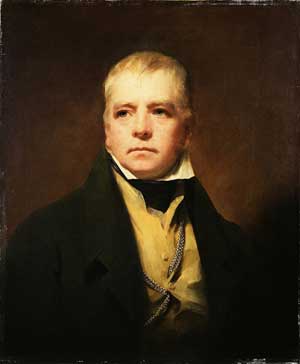1771 – Sir Walter Scott Born
Novelist and poet Sir Walter Scott was born in 1771 in Edinburgh, one of six surviving infants from twelve. At eighteen months he took ill with poliomyelitis but pulled through although with a lame right leg. He was well educated, studying at Edinburgh University. In 1792 he was admitted to the Faculty of Advocates, becoming Sheriff-Depute of Selkirkshire from 1799 and Principal Clerk to the Court of Session from 1806. He was married in 1797 to French Charlotte Charpentier, who bore him four children. Fired by the tales and poems he heard as a child recuperating from his illness at his grandfather’s farm, Scott’s first love was literature and writing. His first works were the fusing and re-working of traditional tales and ballads. Soon this developed into a new form of writing, bringing history into romantic adventures. He produced contemporary works on the history of Scotland, Napoleon, France and past writers. He lived very expensively with a house in Edinburgh on Castle Street during court term and another in the country, Abbotsford, near Melrose, which he purchased in 1812 and had rebuilt, with extensions to his land also. With income from his legal work, his writing and shares in his publishing and printing companies, his life went well until January 1826 and a collapse of the economy. There was no limited liability at that time and he found himself with debts from his businesses of £120.95,000. Rather than declare bankruptcy he began an unbearably tough work regime to pay his creditors. Then, the following May, his wife died. From 1830 he worked through four strokes before dying in September 1832. Scott’s work has moved in and out of fashion and he has even been criticised for writing about history while the American and Industrial Revolutions were occurring. He explained his need to write tales set in historical Scotland because he was aware of his country ‘daily melting and dissolving into those of her sister and ally’. In his work he tried to capture the essence of an earlier, still independent and proud Scotland. It is a mark of his writing ability that the world’s ‘shortbread tin lid’ perception of Scotland descends entirely from his works of fiction in images today’s historians cannot hope to correct.
Blog Posts about Sir Walter Scott

The Scott Monument
Read More

Border Reivers- Hobbie Noble of the Crew in Bewcastle
Read More

Sir Walter Scott’s ‘lost poem’ discovered
Read More






